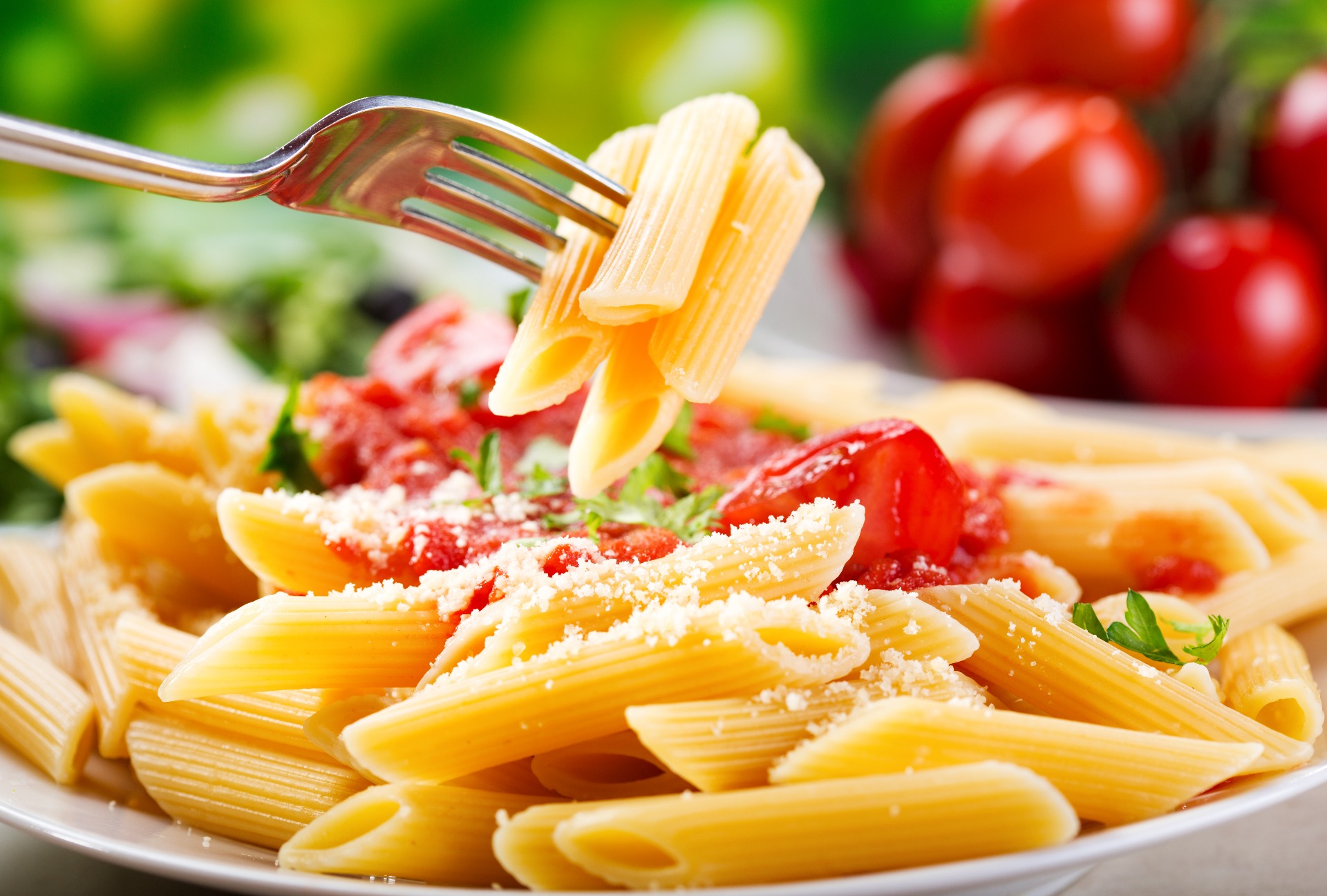About the Low FODMAP Diet
Research has proven that limiting dietary FODMAPs is an effective treatment for people with gastro intestinal symptoms. The low FODMAP diet has been published in international medical journals and is now accepted and recommended as one of the most effective dietary therapies for IBS.
FODMAPs are found in the foods we eat. FODMAPs is an acronym (abbreviation) referring to Fermentable Oligosaccharides, Disaccharides, Monosaccharides and Polyols*. These are complex names for a collection of molecules found in food, that can be poorly absorbed by some people. When the molecules are poorly absorbed in the small intestine of the digestive tract, these molecules then continue along their journey along the digestive tract, arriving at the large intestine, where they act as a food source to the bacteria that live there normally. The bacteria then digest/ferment these FODMAPs and can cause symptoms of Irritable Bowel Syndrome (IBS). Symptoms of Irritable Bowel Syndrome include abdominal bloating and distension, excess wind (flatulence), abdominal pain, nausea, changes in bowel habits (diarrhoea, constipation, or a combination of both), and other gastro-intestinal symptoms.
What are the FODMAPs?
FODMAPs are found in the foods we eat. FODMAPs is an acronym for
Fermentable
Oligosaccharides (eg. Fructans and Galactans)
Disaccharides (eg. Lactose)
Monosaccharides (eg. excess Fructose) and
Polyols (eg. Sorbitol, Mannitol, Maltitol, Xylitol and Isomalt)
Where are FODMAPs found?
A few examples of food sources for each of the FODMAPs are listed below. The list is not complete. New data has been obtained through Monash University Department of Gastroenterology regarding the FODMAP content of foods. As a result, there have been some changes from previous food lists. Below is a list containing up-to-date information. The dietitians at Shepherd Works can provide you with an up to date list of the full list of foods during a consultation.
- Excess Fructose: Honey, Apples, Mango, Pear, Watermelon, High Fructose Corn Syrup, Corn Syrup Solids
- Fructans: Artichokes (Globe), Artichokes(Jerusalem), Asparagus, Beetroot, Chicory, Dandelion leaves, Garlic (in large amounts), Leek, Onion (brown, white, Spanish, onion powder), Raddicchio lettuce, Spring Onion (white part), Wheat (in large amounts), Rye (in large amounts), Inulin, Fructo-oligosaccharides.
- Lactose: Milk, ice-cream, custard, dairy desserts, condensed and evaporated milk, milk powder, yoghurt, margarine, soft unripened cheeses (eg. ricotta, cottage, cream, marscarpone).
- Galacto-Oligosaccharides (GOS): Legume beans (eg. baked beans, kidney beans, bortolotti beans), Lentils, Chickpeas
- Polyols: Apples, Apricots, Avocado, Cherries, Longon, Lychee, Nectarines, Pears , Plums, Prunes, Mushrooms, Sorbitol (420), mannitol (421), xylitol (967), maltitol (965) and Isomalt (953).
What can I eat on a low FODMAP diet?
The Low FODMAP diet involves many dietary changes that are best described to you in consultation with a dietician. For expert advice, please make an appointment with a qualified dietician by visiting https://daa.asn.au/
Links


